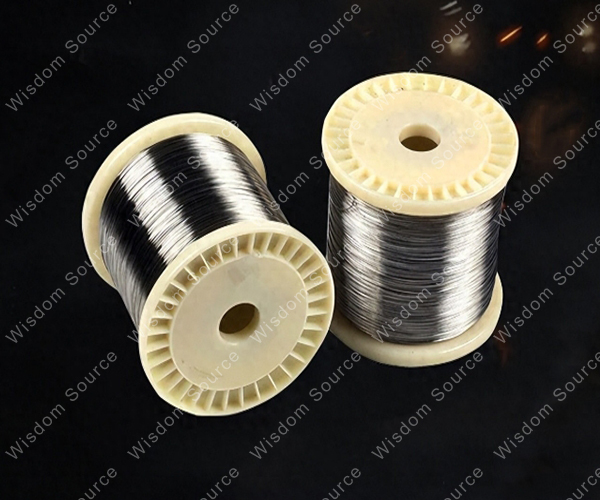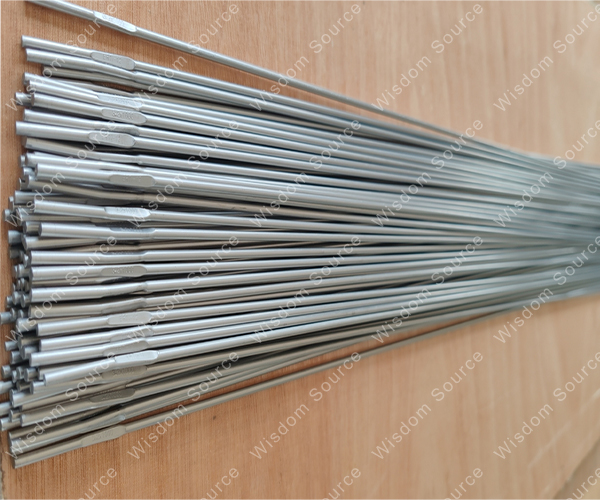Surface Treatment Of Titanium Wire
Surface Treatment Of Titanium Wire
The reason why titanium wire can shine in industry and life is that in addition to its own excellent performance, it is also inseparable from the “icing on the cake” of various surface treatment technologies. These surface treatment technologies are like “battle suits" tailored for titanium wire, allowing it to maximize its value in different fields.
The most common treatment method is anodizing. This technology uses the electrolysis process to generate a dense titanium dioxide oxide film on the surface of the titanium wire. This layer of oxide film is not simple. It can not only significantly enhance the corrosion resistance of titanium wire, but also rely on the principle of light interference to make titanium wire show a colorful appearance such as gold and blue. In this way, titanium wire is not only better in function, but also unique in appearance. It has become the “darling” of the fashion industry and is widely used in all kinds of fashion accessories and designs.

When faced with extreme environmental needs, micro-arc oxidation technology comes in handy and becomes a weapon to improve the “combat effectiveness” of titanium wire. This process uses high-voltage discharge to grow a ceramic oxide layer in situ on the surface of the titanium wire. The hardness of the oxide layer is extremely high, up to more than 5 times that of ordinary titanium, which greatly improves the wear resistance and damage resistance of titanium wire. Even more amazing is that after adding calcium and phosphorus to the electrolyte, if the titanium wire treated with micro-arc oxidation is implanted in the human body, the ceramic layer on its surface can form a chemical bond with the bones. This unique combination method has greatly improved the long-term stability of orthopedic implants and brought new solutions to the medical field.
In the medical field, people use a combination of sandblasting and pickling for the application characteristics of titanium wire. Sandblasting treatment can effectively eliminate tiny scratches on the surface of the titanium wire and make its surface smoother; pickling further fine-grained the surface to form a uniform roughness. This uniform roughness is very beneficial for cell attachment, can promote the growth and proliferation of cells on the surface of titanium wire, and provides a good bio-compatible foundation for titanium wire in medical implants and other applications.

In the electronics industry, laser texturing technology has shown unique advantages. The technology carves a honeycomb structure at the contact point of the titanium wire with micron-level accuracy. This kind of fine structural design can not only ensure the conductive reliability of titanium wire in electronic equipment, but also avoid the stress concentration problem caused by traditional machining, and improve the stability and reliability of titanium wire applications in the electronic field.
Each surface treatment technology is tailored according to the “working environment” of titanium wire. They improve the performance of titanium wire from different angles, so that titanium wire can exert its greatest value in many fields such as industrial manufacturing, fashion design, medical implantation, and electronics industry, and become one of the important materials to promote the development of various industries.
